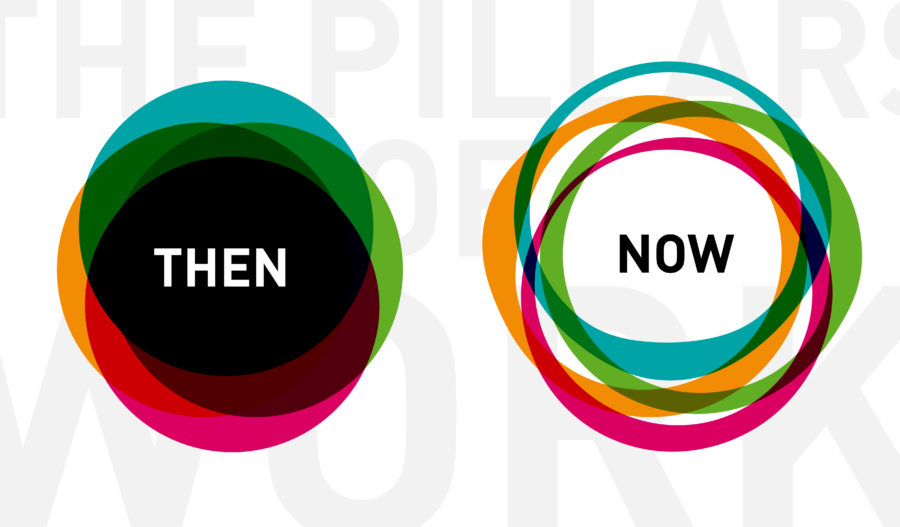Insights
May 6, 2020 _ insights
The Pillars of Work
The workplace will most certainly look different in the future, but how different it looks will be unique to every organization. There (still) is no one-size-fits-all solution.
As we return to our offices, some workplace changes will be necessary in the short term. Others will last for decades, but the fundamental pillars of work—organizational health, wellness, space, and technology—will endure, even as your company decides how best to build on them.
Organizational Health
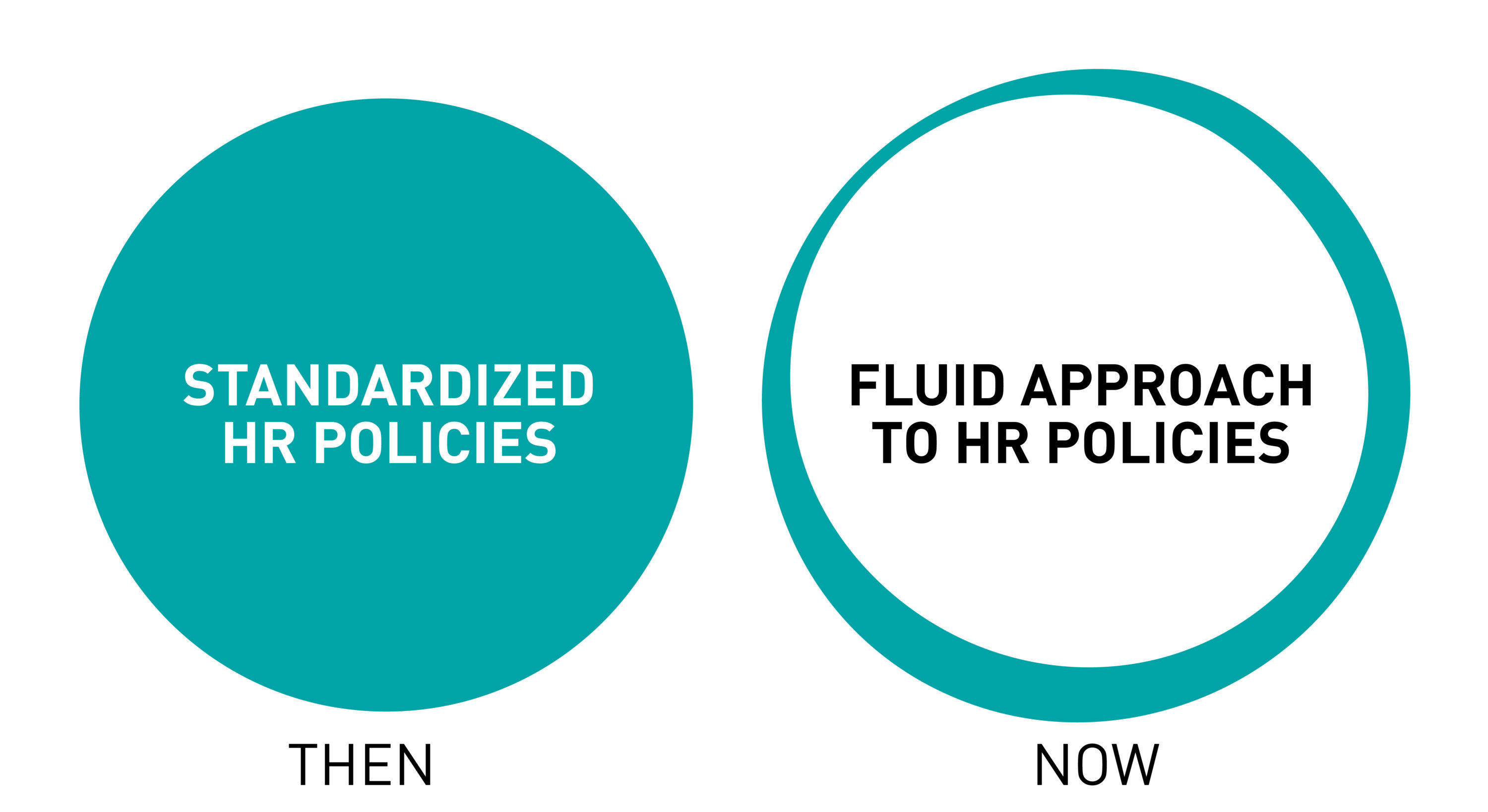
Thoughtful consideration of your organizational culture—what brings out the best in your people so you can achieve your goals—has always been foundational to thoughtfully designed workplaces.
Many companies have witnessed the agility, adaptability, and resilience of their workforce. Leadership may be surprised by what’s working better than before. Now is the time to take stock of these new habits, embrace what’s working well and address what isn’t. This could include flexible (rather than standardized) HR and operational policies, especially around working from home (WFH). Evaluate what roles and responsibilities are well-suited to part or full-time WFH. Could your company optimize skills and contributions of introverts by allowing more WFH? These organizational decisions will impact your space and technology needs and your ability to recruit and retain talent. Letting go of “that will never work here,” can help you envision the future of your company’s lifestyle of work.
Wellness
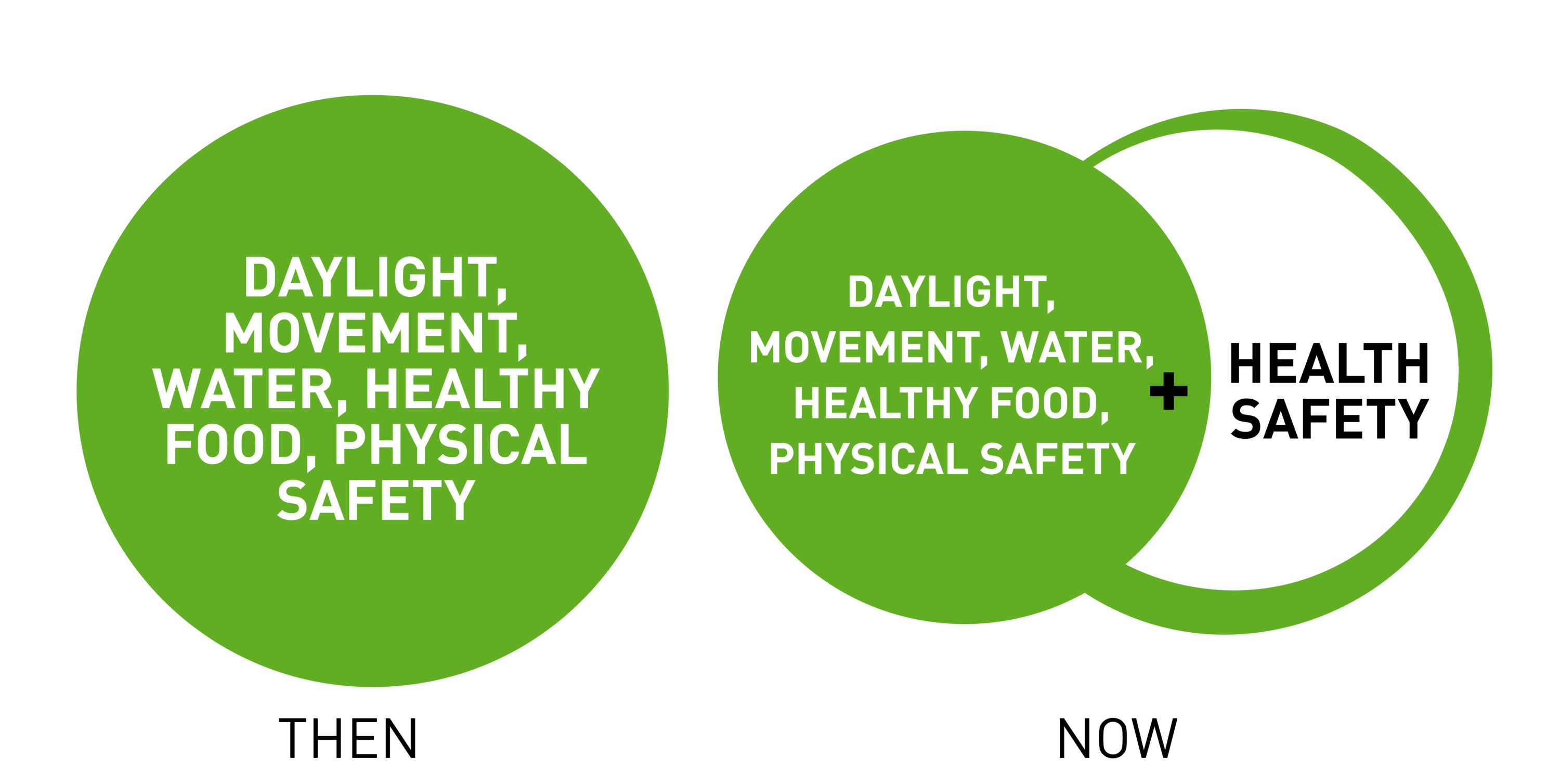 Access to daylight and healthy food, opportunity to move around throughout the day, good indoor air quality, and the physical safety of your employees have always been key workplace considerations. Your employees may return to the office with a new appreciation for diversifying how they work (sitting v. standing at a counter) and how they schedule breaks, meals, and exercise throughout their days.
Access to daylight and healthy food, opportunity to move around throughout the day, good indoor air quality, and the physical safety of your employees have always been key workplace considerations. Your employees may return to the office with a new appreciation for diversifying how they work (sitting v. standing at a counter) and how they schedule breaks, meals, and exercise throughout their days.
Unexpected public health emergencies are a new reality, and people will need a sense of health safety as well. Upgrading your facilities’ air filtration system is one consideration. New protocols like wiping down shared equipment after use (like at the gym) can reinforce the message that everyone is responsible for the day-to-day cleanliness of the workplace, instead of relying solely on after hours crews. Additional measures like touchless fixtures and appropriate physical distancing in common areas and lunchrooms may enhance your employees’ sense of health safety. Offering fruit and other healthy snacks doesn’t need to stop in the Covid-19 era, but there are opportunities to re-think how these get distributed or shared.
The push for more anti-microbial materials is already on but implementing these materials should be thoughtfully researched; some (like copper) naturally break down bacteria; others simply contain unhealthy additive chemicals.
Space
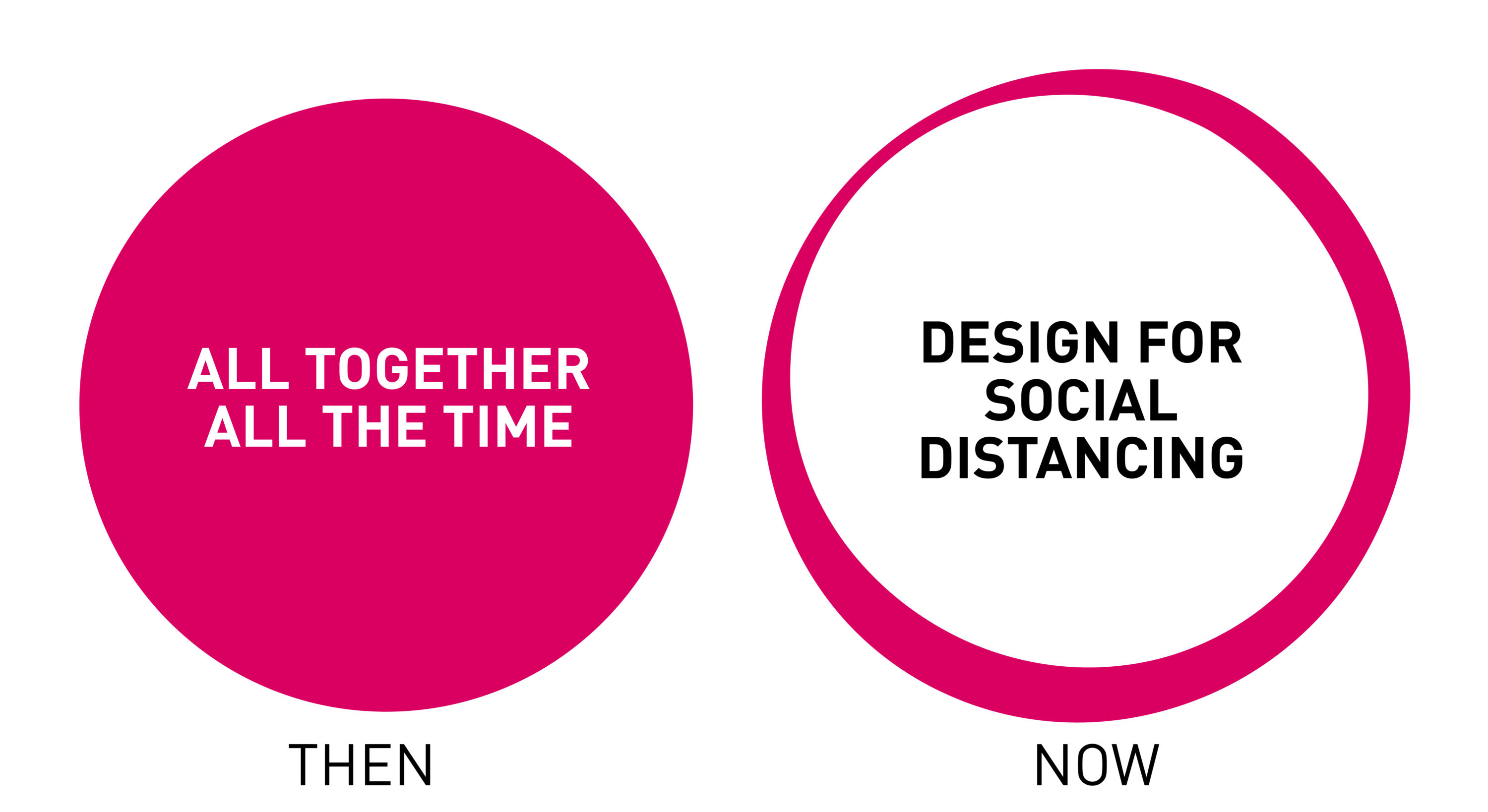
Humans are social creatures. Having spaces to gather—socially and collaboratively—is how we find common ground, establish and nurture relationships, and get things done. But this is a good time to reconsider why people need and want to come to the office. What are the spaces/amenities/ tools/equipment/events that draw people to the office? What activities are better together and what can be done remotely? How will your new WFH policies—or staggered shifts— impact your real-estate needs or lease lengths? If another unexpected public health event, terrorist act, or natural disaster shuts down your facilities, how quickly can they resume normal operations?
Most importantly, this is an opportunity to thoughtfully consider the sustainability of building materials, not just for their carbon footprint, but for the health of people who manufacture these materials. This is a chance to reset priorities, so our buildings are healthy for fabricators and final users.
Technology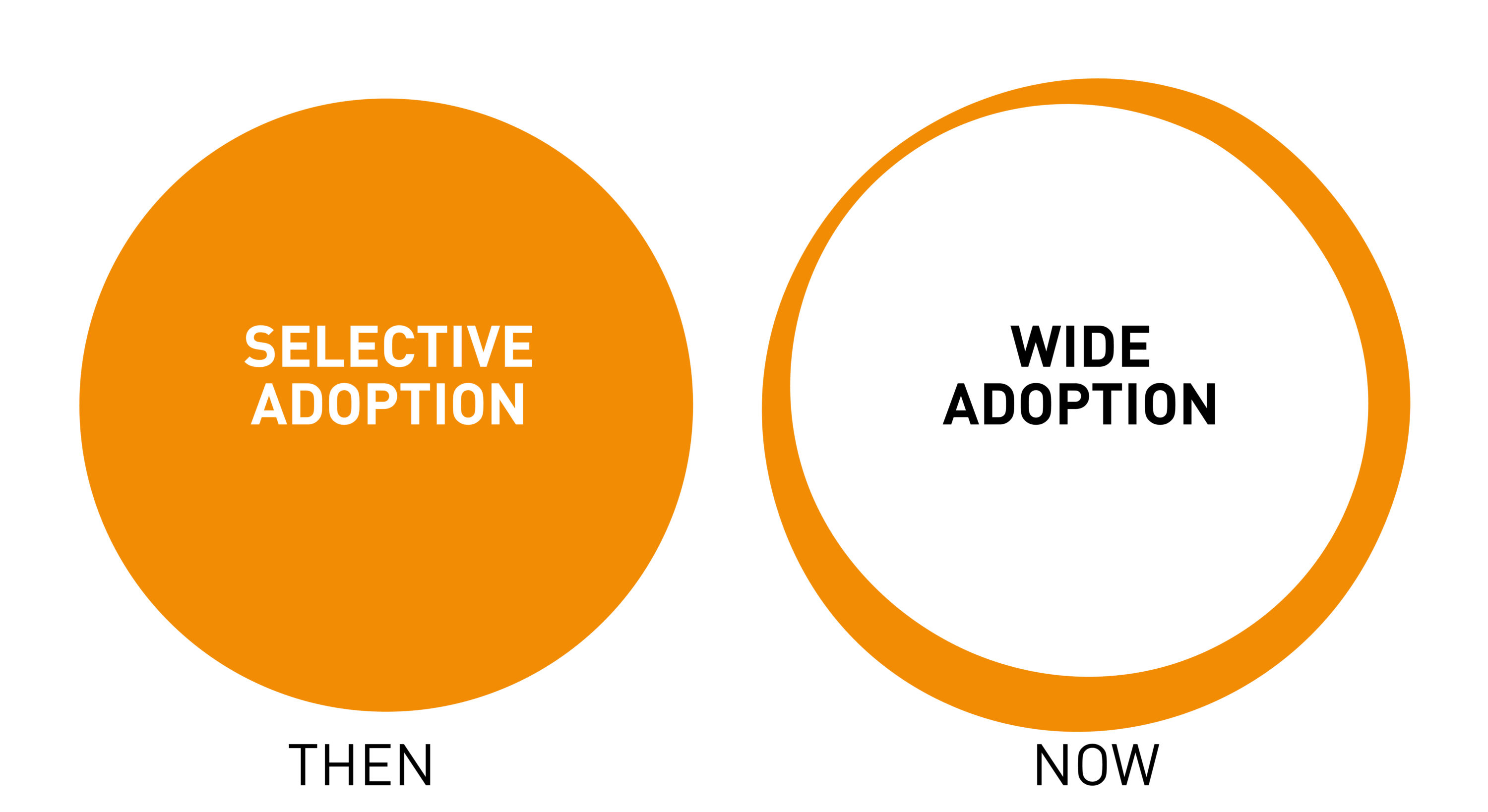
The computer punch card once represented cutting edge technology. Technology is always changing, but our reliance on it is constant.
The quick pivot to remote work technologies over these past weeks has leveled the playing fields at many companies—even the most tech-averse have gained confidence and capabilities with tools like Zoom and Microsoft Teams. A company intranet can be one way to support your workplace culture and keep employees connected no matter where they’re working. It’s also a good time to evaluate your paper dependency. How does your company want to use (and store) physical archives and materials in the future? Would a shared database support you better than boxes full of files?
Your workforce has undoubtedly proved more resilient than you realized; what you build for them in the future should be equally able to weather change. Building upon workplace fundamentals can provide a roadmap to the future.
Chad Burke is a principal at GBBN. He collaborates with clients to design ways of working better and to craft environments where people thrive.
